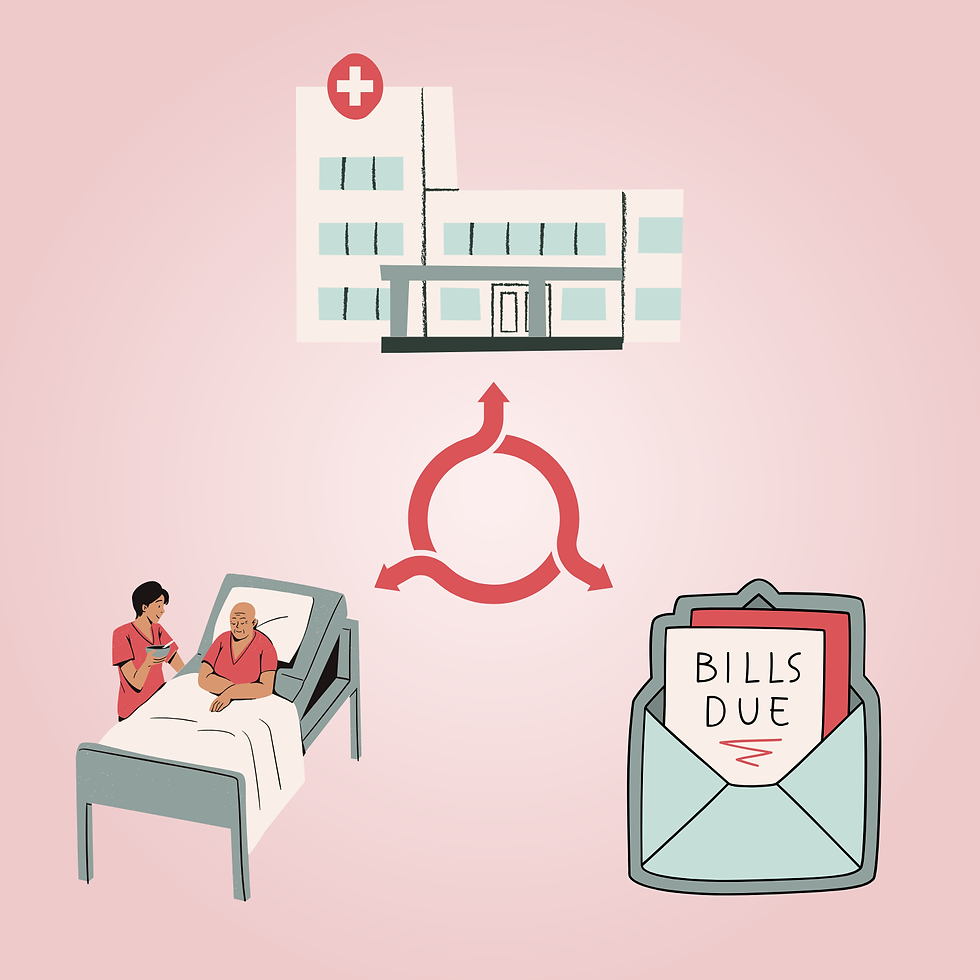Impact of the Pandemic on Minorities
- Marilyn Perez
- Nov 10, 2021
- 2 min read
How has COVID-19 affected you? For many, the answer could include quarantine, working from home, virtual schooling, and more subtle changes in their daily routine. However, some populations have been more adversely affected by the changes the pandemic has brought, including several ethnic minority groups.

For that matter, the hospitalization and deaths for minority populations has been up to 3 times the rate of white and non-minority identifying populations1. In the Durham community alone, the Hispanic/Latinx population has accounted for 27.01% of COVID cases in the previous months while Black/African American communities accounted for almost 39.55% of COVID cases2. However, the Hispanic/Latinx community accounts for only 14% of the total Durham County population, while Black/African American communities account for 37% of Durham County. This discrepancy in numbers demonstrates how minorities are more profoundly affected by COVID in the county that we reside in.
So why do these discrepancies occur?
There are many factors and not a perfect way to answer this question, although it could be broadly answered by the impact of social determinants of health. For instance, minority groups are most likely to be employed as “essential workers”. These occupations include “farms, factories, grocery stores, and public transportation” 3. By working in these essential jobs and interacting more frequently with the general public, minority groups may be more susceptible to contracting the disease.
Moreover, institutional and lifelong racism can also play a part in the health risks for minorities. The long-term experience of racism is associated with tangible biological impacts on a person’s health.4 In particular, chronic inflammation has been linked to “race-related stressors”. This demonstrates the detrimental impacts of racism to the health of humans and the importance of eliminating institutional racism from our social spaces.
In addition, more than half of the uninsured population are from minority groups. This is important to consider because this is another way in which social determinants are associated with worse health outcomes for minorities who contract COVID, since the high costs of hospital bills discourage those without medical insurance to go to the hospital, which contributes to worse health outcomes than people that are insured. We also have to keep in mind that those without medical insurance could face even more health disparities because they do not have the security of going to medical providers or getting yearly check-ups. Furthermore, people who have been diagnosed with obesity or diabetes are more vulnerable to contracting COVID-19, which has also been linked to social determinants and institutional racism, creating an additional barrier for minorities who live with these diseases.
COVID-19 still continues to affect minorities today in a myriad of economic, social, and psychological ways, and as the pandemic continues on, we may still discover more of the adverse effects that minority groups continue to experience.
Edited by: Madi McMichael
Graphic Designed by: Heiley Tai
References



Comments